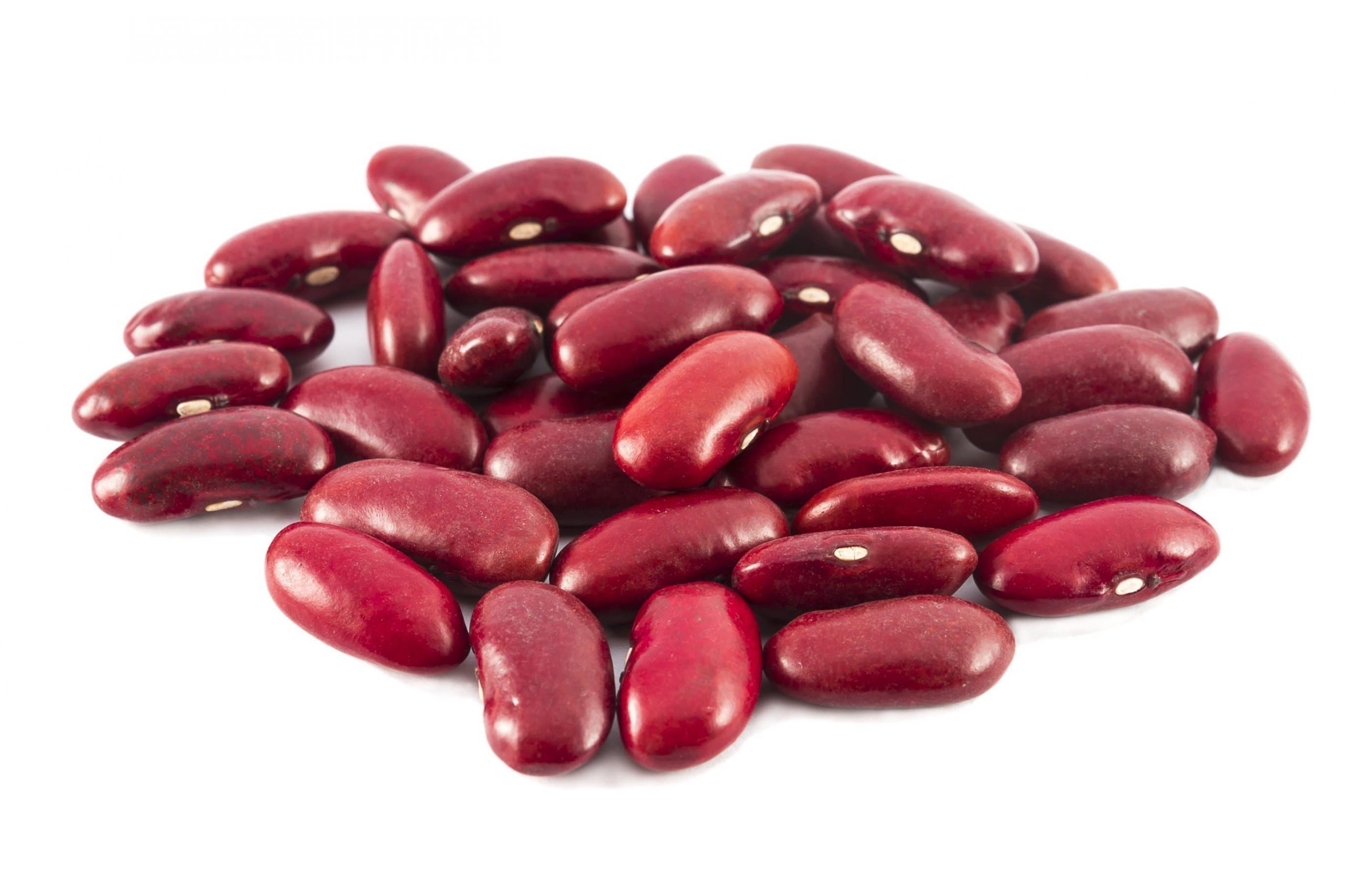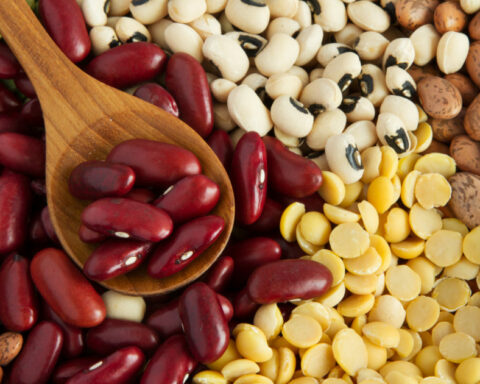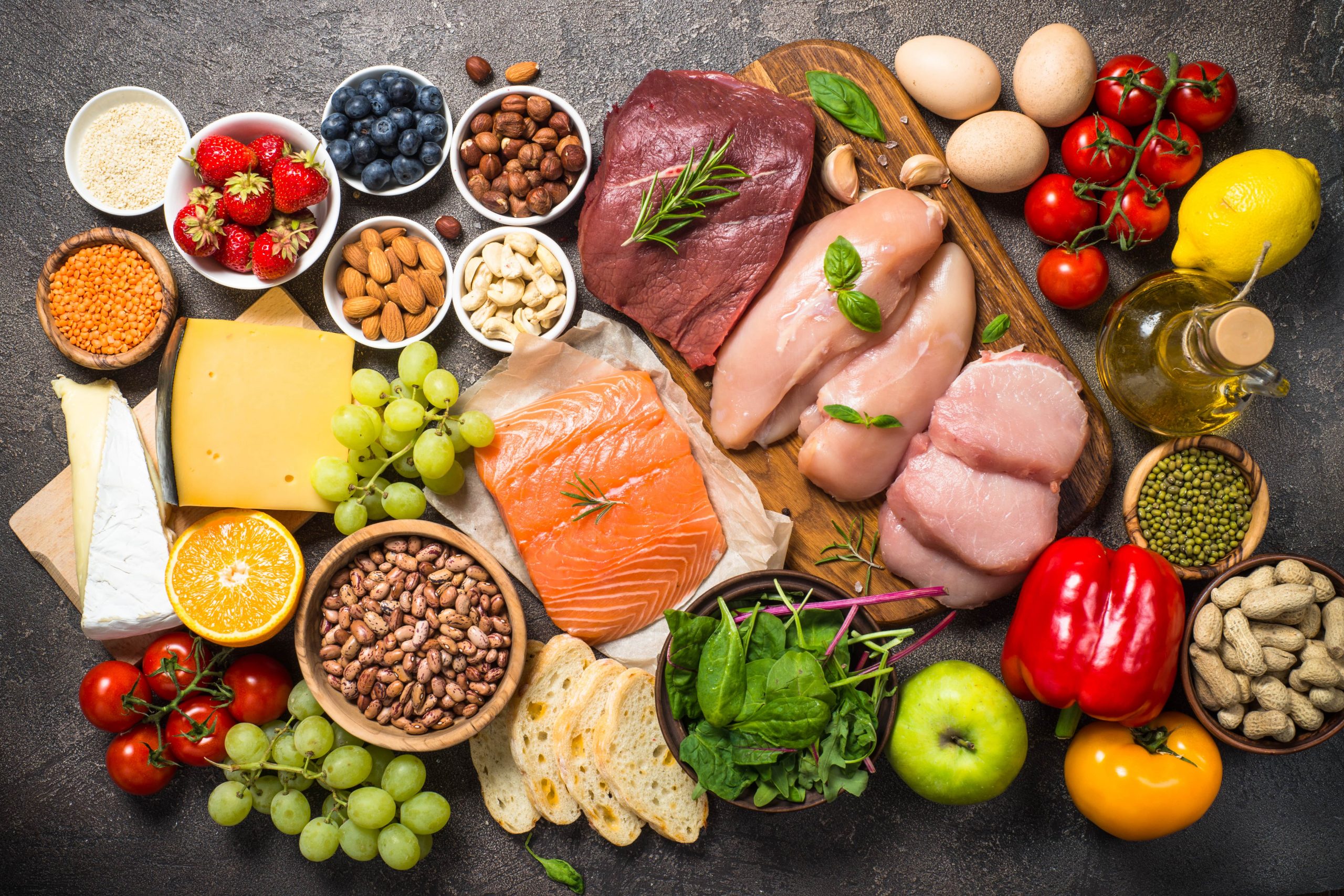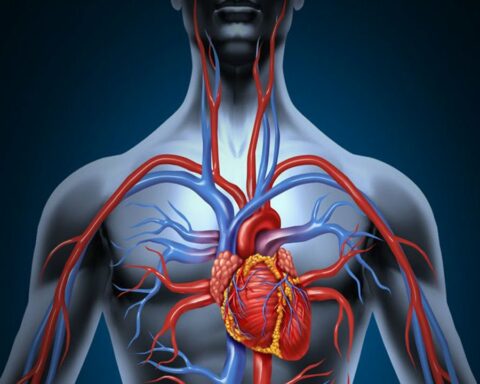Most people consume beans when they are not able to afford animal-based protein. This is mainly because they do not know the benefits they serve to the body.
Beans are dicotyledonous seeds from the family Leguminosae, commonly known as Fabaceae. Beans come in different shapes and sizes, colors and tastes, and different nutritional values. In addition to that, they are easily accessible both in local markets and grocery stores at very affordable prices. Beans are sold in different quantities ranging from hundred-kilogram bags to a single kilo. As a delicacy, beans can be prepared in various ways, from boiling, frying, baking, and steaming. Being versatile as they are, beans make them very desirable to different communities worldwide, thereby making them one of the most stable sources of food.
Origins, history, and cultivation
The term bean traces its origin to the German communities, in periods earlier than the twelfth century, long before discovering the New World, the Americas, and the name Phaseolus known in Europe. It was used to refer to broad beans, chickpeas, and other pod-borne seeds. The term bean then extended its use to cover pod-borne seeds of Phaseolus, such as the common bean, the runner bean, and the genus Vigna.
Phaseolus Vulgaris,the common bean, originated from South and some parts of Central America as a wild vine cultivated by the local communities, thereby developing thousands of varieties within the species itself, which is now grown worldwide.When the colonists landed in the New World, Native Americans taught them to grow beans withcorn so that the beans stalks could climb the beanstalks. Beans are among the earliest cultivated plants. The earliest finding of its cultivation dates around nine thousand years ago in Thailand. For the fava beans, wild variants were found on the foothills of the Himalayas and in Afghanistan. Beans were also found in the tombs of kings of ancient Egypt, where they were left as food for the dead in the afterlife. Cultivated beans were first dated at around two thousand five hundred B.C in the Aegean, Iberia, and transalpine Europe and were large-seeded beans.Besides the pea,beans are summer crops that need warm temperatures to grow. Beans being leguminous plants, can fix nitrogen in the soil by using nodes found on their roots. These nodes contain Azotobacteria, which converts the nitrogen in the soil to proteins for the plant to store.
Types of beans
There are currently over forty thousand species of beans. However, only a fraction of them is produced in massive quantities for regular consumption. Most of the beans consumed are from the family Fabaceae. Still, they are from different genera and species, native to different regions worldwide and according to their adaption. The variety P. Vulgaris contains kidney, pinto, army, black, and borlotti beans. The variety P. coccineuscontains runner beans and flat beans. The species Vigna contains mung bean, urad, yardlong bean, and black-eyed peas.
Nutritional benefits and value of beans
Excellent sources of anti-oxidants
Beans contain a significant amount of antioxidants that help reduce the cell damage level caused by free radicals. This lowers the risk of developing cancer, skin sagging and effects, and aging. The amount of antioxidants in a bean can be identified by the color of the beans’ skin; dark-colored beans have more antioxidants since they contain a lot of pigment, which contains the antioxidants.
May maintain the blood sugar levels.
Beans have a low glycemic index, thus, the body absorbs energy from them very slowly, preventing sugar spikes in the bloodstream after meals. This property makes them suitable for individuals with Type 2 diabetes. It helps them manage their blood sugar and insulin levels more effectively.
Rich in fibers
The soluble fibers in beans turn into a gel in the stomach and absorb the bad cholesterol, i.e., LDL cholesterol before the body can consume them. This lowers the risk of developing lifestyle diseases like heart problems and body stroke. The insoluble fibers in the beans, which are not digested, add bulk to one’s stool, reducing problems like constipation. The insoluble fibers are also fuel for some of the bacteria in the gut, which ensure the digestive tract functions properly.
Beans are a good source of phytonutrients.
High antioxidants may help reduce the risk of developing certain cancers such as breast cancer, colon cancer, and prostate cancer.
There are various beans, but most have very similar nutritional content; for example, a one-cup serving of pinto beans contains one hundred and twenty-two grams of calories, eight grams of proteins, one gram of fats, twenty-two grams of carbohydrates, and eight grams of fibers.
Side effects of beans
Many types of beans contain significant amounts of antinutrients that inhibit some enzymatic processes in the body. These include phytic acid and phytates, which inhibit bone growth and interfere with the metabolic processes of vitamin D.Some kinds of raw beans, red kidney beans, contain a tasteless toxin, lectin phytohaemagglutinin, which may be removed by cooking. Undercooked beans are more toxic than raw beans; thus, beans should be properly boiled for at least ten minutes.
Some types of bean sprouts, such as the mung bean, are germinated in warm and moist conditions making them highly susceptible to containing germs causing bacteria. This includes Salmonella listeria and Escherichia coli.Many beans contain oligosaccharides, a type of sugar also found in cabbage. Oligosaccharides need an anti-oligosaccharide enzyme to be digested, whereas the gut doesn’t produce any enzyme. These sugars are then digested by bacteria in the large intestines, producing gases such as methane as a by-product that are often released as flatulence.
Conclusion
Beans are the most affordable and accessible plant-based proteins in our diets. They have had a long history of causing flatulence and bloating due to the presence of oligosaccharides that produces methane gas in the stomach.However, this can be avoided by soaking beans and washing them thoroughly before cooking. Nevertheless, beans are rich sources of anti-oxidant and fibers, which help to keep the blood sugar levels optimum.
- Products That Assist with Stress Relief - September 21, 2023
- TRÈFLE – THE ROAD TO THE 15TH - July 29, 2023
- Lovingly thought out educational toys - July 5, 2023








